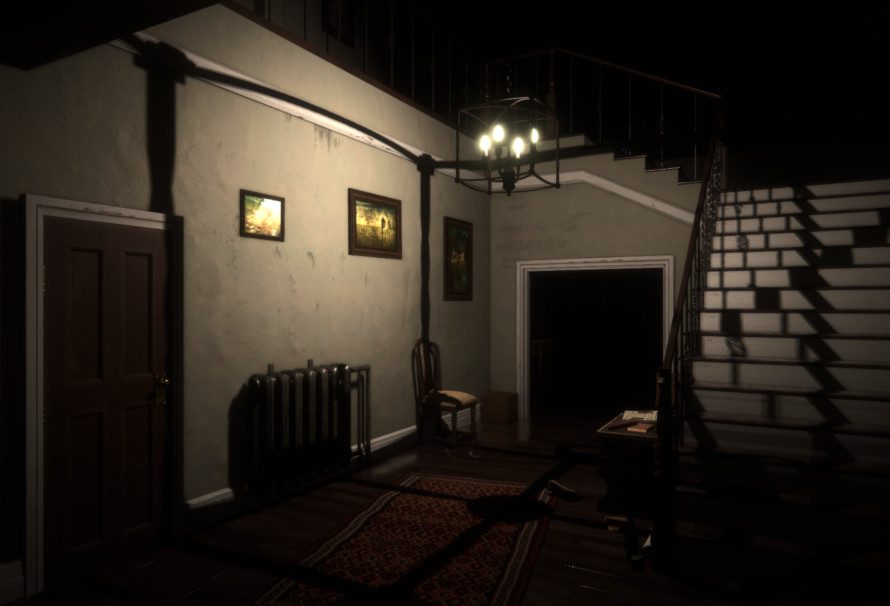The Peterson Case first appears like your average horror game, complete with suspense and awkward shuffles along badly lit corridors of dilapidated houses. But, it’s a lot more than that and through the main character’s heavy breathing and sinister shadows which dart from the lurid glow of a flashlight, there are puzzles, atmosphere and moments that sink deeper than horror.
Set in 1947 Roswell, near the UFO incident site which sparked the world’s largest and most heavily investigated UFO claim. Called in to find information and search for clues on a missing family, you play as Detective Franklin Reinhardt.
Described by the developers Quarter Circle Games as a “narrative led linear experience” The Peterson Case surrounds itself with enough interesting elements to set it apart from the likes of Outlast and Resident Evil 7. It strips back the horror game cliches and creates an experience which is more about your own imagination and the game does a wonderful job of sitting back slightly, to let your own vivid imagination run wild. As we chatted to the developers about the tension throughout the game, they had a lot of the same feelings towards jump scares in games and how they could be original. They spoke about the inspiration behind the game and said it wasn’t the first time that they’d heard it compared to the style of director M. Night Shyamalan and his work ‘The Village’ and ‘Signs’.
Similar to ‘Signs’ where the alien is cited, what, twice? It’s more about coping with the impending arrival of the ‘aliens’. The Peterson Case adopts the same principle and doesn’t rely on unexpected jump scares, but instead a threat which moves slowly alongside the gameplay. The developers also spoke about Hans Zimmer’s Dunkirk soundtrack and how they had created tension through their own music, using a rising pitch, which keeps rising and then drops without you noticing. QCG also spoke about the art design, saying that Bioshock’s haunting Art Deco 1940s style had been an influence in the development of the game’s aesthetic. It’s easy to see the inspiration in The Peterson Case, when clambering through the suffocating, rich corridors of a dishevelled hotel, whilst feeling the soundtrack pricking at your skin.
I was surprised to find out that The Peterson Case doesn’t explore just one location like Gone Home or other contained horrors such as the original Resident Evil, but it has created an interesting narrative aspect which lets you travel to alternate timelines and locations. Our main character could stumble over WW2 dog tags and be transported back to WW2, to play out a scene which connects the story.
The puzzles throughout the game are designed to be a certain level of difficulty, so puzzle game enthusiasts won’t get bored by the simplicity, but those new to the genre, won’t want to give up at the first hurdle. The team has cleverly hidden clues within puzzles themselves, so if you do get stuck, there are always hints that can be found tucked away.
The Peterson Case looks like it will be an interesting ride into the horror puzzler genre, easing up on the jump scares, but still creating those truly horrifying moments.

